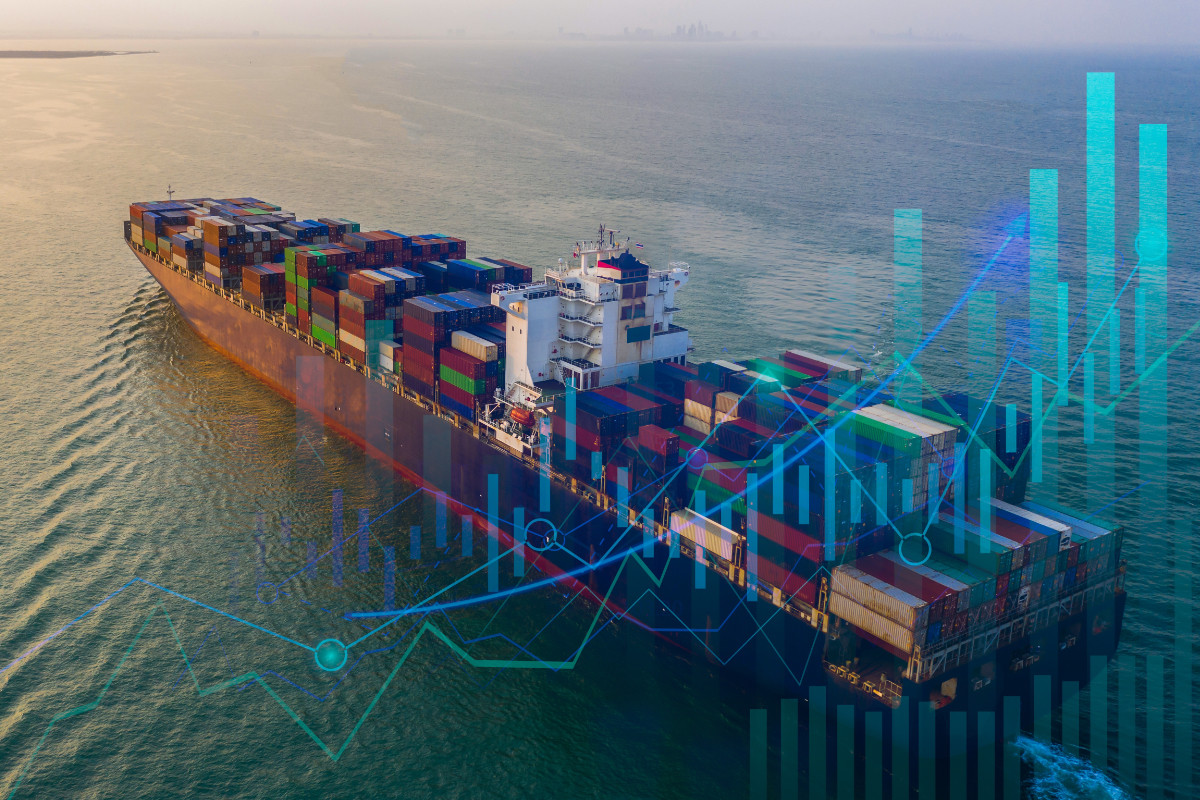At the recent summit of the bloc of Southeast Asian countries, the development framework promoted by the group was relaunched. Here is an excerpt from the policy document
ASEAN defines the Blue Economy as an integrated, holistic, cross-sectoral and cross-sectoral approach that creates a value-added and value-chain of resources from the oceans, oceans, seas and freshwater in an inclusive and sustainable manner, making the blue economy the new engine of future economic growth for ASEAN. The ASEAN blue economy covers upstream and downstream sectors, acting as an accelerator for the conventional marine sector such as fisheries, aquaculture, fish-only processing and tourism, and as a catalyst for emerging sectors such as renewable energy, biotechnology, marine and freshwater research and education, and other emerging sectors. The Framework also promotes ASEAN's ambition to develop an inclusive, equitable and sustainable blue economy, making the region a significant contributor to economic growth and prosperity. It is an ambitious vision, building on the strengths of existing ASEAN initiatives, identifying priority areas for action, principles to guide decisions and tools to accelerate the realisation of a blue economy in the region. The ASEAN Blue Economy Vision emphasises value creation through the advancement of sustainable practices that promote sustainable and inclusive economic and social development related to marine and freshwater activities and livelihoods, contributing to ASEAN's economic integration efforts, economic growth and sustainable development. By harnessing the potential of the blue economy, ASEAN envisions a new growth engine that is socially, economically and environmentally sustainable. The framework can be an important driver of economic growth, social inclusion and environmental sustainability in the region. Benefits include: increasing sustainable economic growth; maximising the use of marine resources for aquaculture, fisheries, renewable energy production, transport and tourism; sustainability in the pursuit of economic objectives; mitigation of climate change and its impacts; and facilitation of cross-sectoral collaboration.
Read the full document here.






